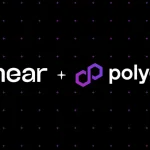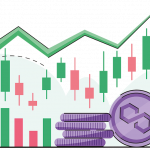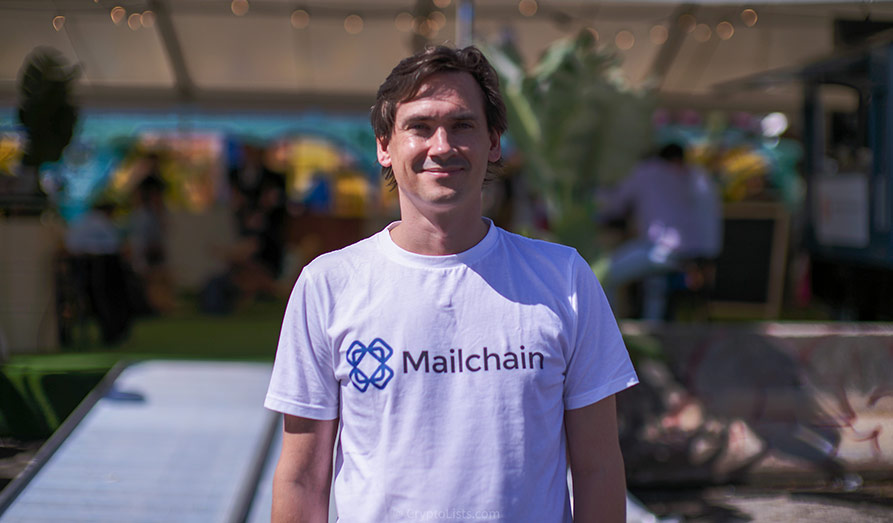
Today, Crypto Lists got the pleasure to interview Tim Boeckmann, CEO of Mailchain, a brand new web 3 communication layer where anyone can send and receive encrypted emails.
After more than 5 years at Amazon Web Services with lots of deep tech conversations, Tim Boeckmann realised the need for a communication layer in blockchains. After him and his co-founder coming up with the idea of an AI- powered code review service which became CodeGuru, it was time for a new crypto project – Mailchain.
Before meeting up with Tim, Crypto Lists created their own encrypted email address – [email protected] – in order to test the newly launched encrypted email service that supports all blockchains. For those that like to use a different DNS/naming than mailchain.com for the encrypted email solution, .ETH and .NEAR will also be an available
.ETH already works and within short .NEAR will also be an alternative. After all, this is the NEARCON 2022 Conference and a great opportunity for Mr Boeckmann to meet multiple partners from the Near blockchain protocol. Currently, Tim and Mailchain are working with integration partners in order to give more opportunities for the secure email.
Go directly to
- 1 How did you come up with the idea of Mailchain?
- 2 Can you tell us a bit about your background?
- 3 What about the privacy risks with encrypted emails?
- 4 What does it cost to use Mailchain?
- 5 What will it cost with pictures?
- 6 Is it based on it’s own blockchain? The Near blockchain?
- 7 Which layers exist with Mailchain?
- 8 Did Mailchain get any venture capital?
- 9 Is the email stored in an encrypted format in the blockchain?
- 10 Why use Mailchain instead of your normal email?
- 11 Which group of people may use Mailchain the most?
- 12 Can you only send emails to mailchain.com addresses?
- 13 Will Mailchain improve the interface on mobile?
- 14 Will you be able to add Mailchain to Gmail, Outlook or any other email client?
- 15 Is my Mailchain account name taken or not?
How did you come up with the idea of Mailchain?
In 2018—2019 when many were sending crypto assets and collectibles, nobody was sending encrypted messages or messages at all. So I played around. I saw the use cases for a web 3 communication layer increase, and continued to explore a way for anyone to be able to send private messages, says Tim Boeckmann. In December 2021, we started to work on the project.
Can you tell us a bit about your background?
How come you created Mailchain and focus on the web3’s communication layer?
Tim Boeckmann says: I think this route chose me. In 2006 I started working for an ISP and saw the evolution of their platform, going into the cloud. Then I was at Amazon Web Services in charge of their emerging technology startup strategy. During my years with Amazon Web Services I worked with 3-4000 startups. With blockchain startups, a question that kept coming up is: How do they send messages? There are many social challenges with that. Many people and businesses want to have communication separated from their traditional email address, to have it contextualized with their blockchain wallet address. It’s something that got them passionate. People even send NFTs with contact details in it, so creators or collectors can communicate with other collectors.
What about the privacy risks with encrypted emails?
With Mailchain, all information is encrypted. When you register an existing blockchain address, Mailchain works on the app level, to derive a messaging key that is unique to that address. So you don’t need to add any private keys. Your identity is like a keyring, that has keys only you can see. This means your Mailchain identity, your keys, your messages, are your data, encrypted, and only you have access.
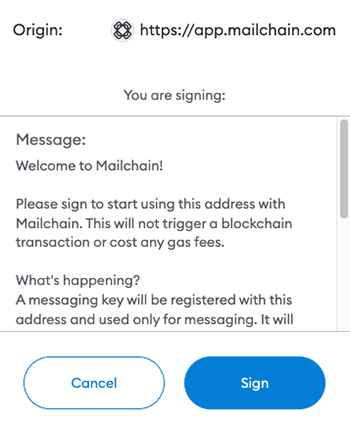
What does it cost to use Mailchain?
Everything is free today, says Tim. Anyone can send messages, in a private way, up to a certain quota. Currently, that quota is 25 messages a day. We are testing and experimenting at the moment.
What will it cost with pictures?
My experience is that attachments such as images take up a lot of storage.
Tim replies quickly: Yes, you are right. Currently, we work with a soft-limit quota of 25 messages per day, but it can change over time. The free tier will fall under Mailchain governance. We will work on keeping costs down. If you send a lot of encrypted web3 messages, you are probably prepared to pay for it. You can send up to 25 group messages and use your quota for that. We aim to have a cost below half a cent. It looks like the storage cost is going down. Mailchain does not want currency volatility to impact fees and will work hard to minimise any kind of fees. But if someone is providing infrastructure, they need to cover their costs.
Is it based on it’s own blockchain? The Near blockchain?
It’s possible for Mailchain to work with all blockchains. When you look at Near Dapps and communities, they need to communicate. That’s why we are here.
Supply: 691,277,221 / 1,000,000,000
Release date: August 26, 2020
Description: Discover where you can trade Near coins and other cryptocurrencies. See Near here.
Risk warning: Trading, buying or selling crypto currencies is extremely risky and not for everyone. Do not risk money that you could not afford to loose.
Which layers exist with Mailchain?
There are 3 main components.
1. Registry layer. This layer handles the encryption keys and addressing. A user can set preferences, such as for how long messages should be stored or where they can be sent to.
2. Transport layer – It’s decentralised. The storage layer is responsible for storing an encrypted message until the message is delivered.
3. Storage layer – Once the message has been encrypted in the client, and stored, the storage location and message metadata are encrypted, then sent and stored.
Did Mailchain get any venture capital?
Yes, a blockchain Technology VC group from Hong Kong called Kenetic Capital, and a London-based seed-stage investor, Crane Venture Partners led the 3.9M GBP investment recently. The money will go to improving the interface and adding more partners. “Not so much will go on marketing, since we identify who really needs messaging and go and work directly with those users and projects”, says Tim Boeckmann to Crypto Lists.
Is the email stored in an encrypted format in the blockchain?
Crypto Lists continues: Or where is it stored?
It is stored in an encrypted format on distributed decentralized storage. We are discussing with another partner, in order to add more alternatives for our users. Emails are never stored on-chain. We don’t want it to be stored forever.
Why use Mailchain instead of your normal email?
Normal email users are not the primary users of Mailchain. The strongest use cases are where web3 projects and users need to send messages to other users. Some examples can be any type of announcements, receipts, invoices, governance updates, general statements, security-related announcements, or offers and promotions. Mailchain is focused on interaction with web3, where the users get the most value.
Which group of people may use Mailchain the most?
Those into gaming, different types of collectors and the DeFi world.
Can you only send emails to mailchain.com addresses?
Markus from Crypto Lists says: When testing with [email protected], I only managed to send to mailchain.com addresses. Is that correct?
Tim replies: You can also send emails to ethereum-compatible blockchain wallet addresses, and will be able to send to .ETH, .NEAR and more soon.
Will Mailchain improve the interface on mobile?
I learnt that you are in beta still, and from Crypto Lists tests today, Mailchain is not working optimally on mobile yet. Is that something that your team is working on? When my colleague tested Mailchain on an iPhone 12, he could only see the “from” field, and not the “sending to” field.
Tim Boeckmann: Thanks for the feedback. We’ll have it sorted by tomorrow.
Update from Crypto Lists (14/9, 17:01): This has been adjusted in less than 14 hours – impressive.
Will you be able to add Mailchain to Gmail, Outlook or any other email client?
There are a lot of standards out there. You will certainly be able to add Mailchain to some of them one day. We are happy to integrate any email providers when they look at web3 integrations. Currently, not so many are working on email solutions for web3.
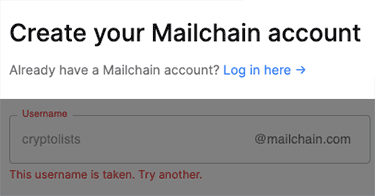
Is my Mailchain account name taken or not?
I know that the registration function was just released. However, finding it a bit confusing to see if an email address on Mailchain is taken or not. When clicking on continue, Mailchain says that my username is taken. But from my understanding, I grabbed the name and handle it now. Right? (Markus shows on his computer, how it looks like).
Tim says: Thanks for showing me that. We will work on the user interface to make it clearer.
Update from Crypto Lists (14/9, 17:02: This interface is clear now and it’s quick and simple to see when a new address is registered.
Crypto Lists appreciate that Tim took the time to answer the questions and recommend our visitors to check out Mailchain.com today – All of web3 in one inbox. Grab your optimal Mailchain account today, or stay tuned for when .NEAR and .ETH are launched.

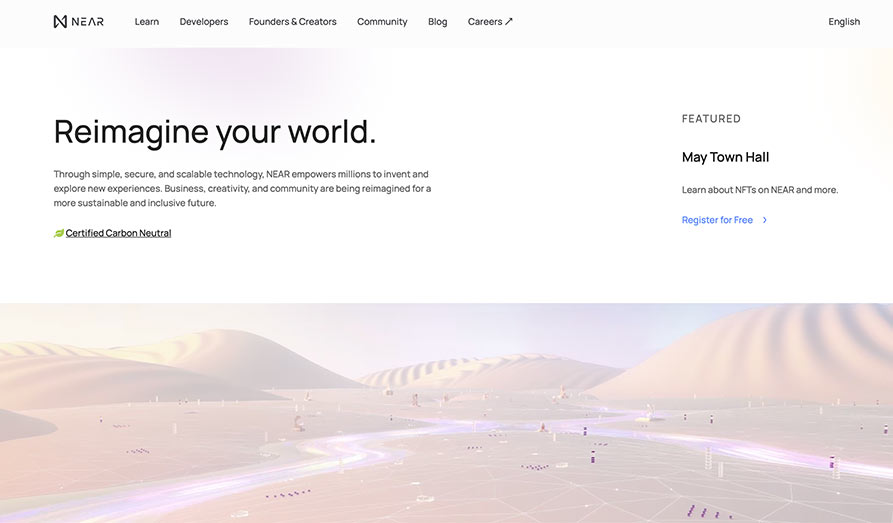



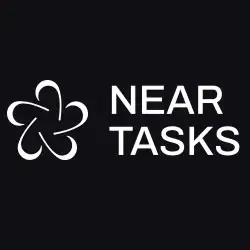 How can Near Protocol possibly transform AI?
How can Near Protocol possibly transform AI?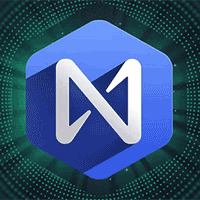 The NEAR ecosystem gets new South Korean Web3 hub
The NEAR ecosystem gets new South Korean Web3 hub







